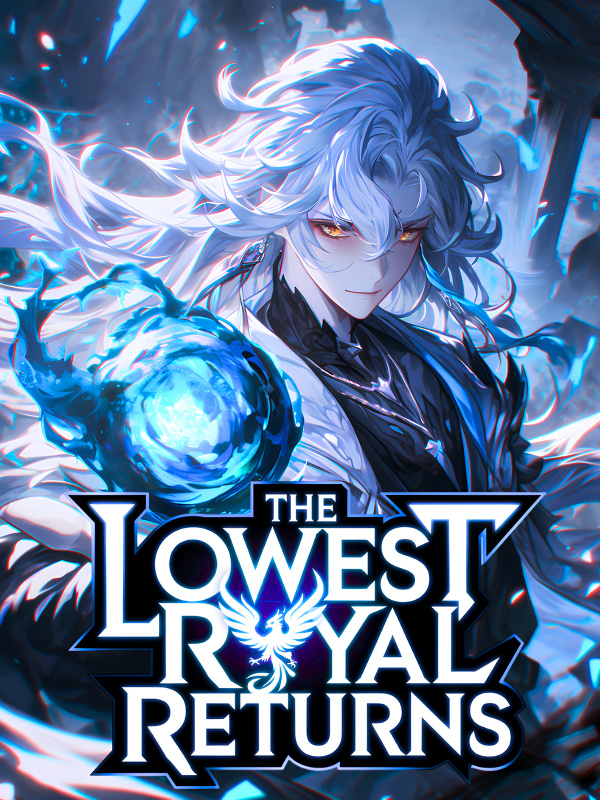I Am The Swarm-Chapter 610: Method
Although the Ji Race had highly advanced technology, as the number of “insiders” within the Swarm increased, it no longer seemed as mysterious to Luo Wen as it once had. Intelligent beings often fear what they do not understand, but when the mystery fades, so too does the fear and apprehension.
After gaining a deeper understanding of the nature of his abilities, Luo Wen became quite confident in his ability to encrypt them, even if their strength was still uncertain. While the Ji Race was powerful, they couldn’t possibly crack a capability that transcended dimensions. Moreover, they still hadn’t fully grasped the Swarm’s operational model, so they couldn’t have set up such a targeted trap.
Therefore, Luo Wen was certain that the discovery of Cecil was entirely accidental. However, if the Swarm were to expose itself while infiltrating the castle, the Ji Race might become suspicious.
What Luo Wen was now considering was whether the secrets inside the castle were worth the risk of using more aggressive methods. Cecil was a key figure, but it was unclear whether she was even inside. If the castle was merely a storage facility, then going to great lengths to infiltrate it might not be worth the effort.
Through the eyes of the insects, Luo Wen gazed at the beautiful Potling-style architecture, filled with sunlight and natural elements. Suddenly, he realized he had fallen into a mental blind spot. He had always assumed that only animals and insects could be used for infiltration.
In the past, his opponents hadn’t been particularly strong, and no matter how secure the structures were, the insects had always managed to infiltrate successfully. But now, faced with targeted defenses and high-tech intelligent machines, even the smallest reconnaissance bugs were being detected and eliminated.
Moreover, due to the need for secrecy, the insects had to be modeled after local species, which limited the use of many advanced techniques and made the mission even more challenging.
While nanoscale insects could infiltrate without being easily detected, their tiny size made it impossible to equip them with information-gathering organs. Thus, even if they managed to enter the castle, they wouldn’t be of much use.
It was then that Luo Wen realized he didn’t have to limit his infiltration units to animals and insects. Perhaps due to the overly Potling-style design, the castle’s defenses were strict against insects but far more lenient toward plants.
Not only were the castle’s surroundings densely planted with various vegetation, but some vines had even climbed onto the castle walls without being removed.
While the Swarm was known for its animal-like bio-weapons, Luo Wen was also highly skilled in plant-based genetic templates.
The Interstellar Technological Confederation, influenced by the Ji Race, primarily followed a mechanical civilization path, developing various bionic reconnaissance units.
Because they were familiar with such technology, their defenses against it were exceptionally tight. In high-security areas, they adhered to the principle of “better safe than sorry,” labeling any approaching insect as a suspicious target and eliminating it.
However, plants, which were highly limited by their environment, were rarely studied due to cost-effectiveness. After all, if a plant were seen moving, anyone would find it suspicious. As a result, their vigilance in this area was relatively low.
This content is taken from fгee𝑤ebɳoveɭ.cøm.
But Luo Wen could remotely control mutations, making reconnaissance plants a viable option. While it would take some time, time was of little concern to Luo Wen. Besides, it was better than sitting around doing nothing.
A flock of birds flew high above the Potling-style castle. Because of their altitude, they didn’t trigger the castle’s defense systems.
As they passed over the castle, two droppings, as if precisely calculated, landed at the base of the castle walls.
Although the droppings were quickly cleaned up by maintenance robots, the seeds within had already been buried in the soil. A few days later, a few sprouts emerged, looking identical to the new shoots of the nearby vines. Even with the Ji Race’s advanced technology, it was impossible to determine whether these sprouts came from seeds dropped by the vines or from the bird droppings.
Although Luo Wen no longer had a lifespan to worry about, he still habitually preferred to save time. Therefore, he specifically chose a fast-growing plant from around the castle as the genetic template for his infiltration plants.
The seedlings grew unchecked in the insect-free environment maintained by the intelligent machines. After a light rain, they shot up to over two meters tall.
A few days later, the Swarm’s plants had reached a height of five meters, blending inconspicuously among the larger, healthier normal plants.
A month later, several plants had nearly reached the top of the castle, but they could grow no further. For some reason, their “companions” had stopped growing upward and instead began to spread horizontally and thicken.
To avoid standing out, the Swarm’s plants had to stop growing as well. However, this height was sufficient. Under Luo Wen’s guidance, the plants began to creep toward the castle windows.
The windows were a key focus of the castle’s defense system. Even harmless plants would be removed by the intelligent machines if they tried to infiltrate through the windows.
After multiple attempts, Luo Wen found the closest distance to the windows that wouldn’t trigger the defense system. A month later, under the cover of their counterparts, several plants quietly secured a foothold near the castle windows.
Although they couldn’t breach the castle’s defenses and enter through the windows, Luo Wen had other methods. Over the course of their growth, the plants had accumulated a significant amount of energy.
Under Luo Wen’s authorization, subtle changes began to occur within the plants. One of the greatest advantages of plants was their exceptional stealth. Even if they underwent functional mutations, it was unlikely to attract attention.
In contrast, animals and insects were limited by their size, and any internal mutations that added extra features would likely alter their appearance. Even if their appearance remained unchanged, their weight would inevitably shift, affecting other attributes like agility.
The castle’s intelligent machines were managed by the Ji Race’s artificial intelligence, which excelled at analysis and comparison. Since animals and insects were primary targets for defense, even the slightest deviation from the norm—or approaching the theoretical limits of their species—would likely raise the AI’s suspicions.
If it dispatched machines to investigate, the Swarm’s creatures would have to evade them. But if they could outrun the machines, they would go from being suspicious to confirmed threats. Even if they escaped, the castle’s security level would increase, making future infiltration even more difficult.


![Read The Royal Military Academy's Impostor Owns a Dungeon [BL]](http://static.novelbuddy.com/images/the-royal-military-academys-impostor-owns-a-dungeon-bl.png)




